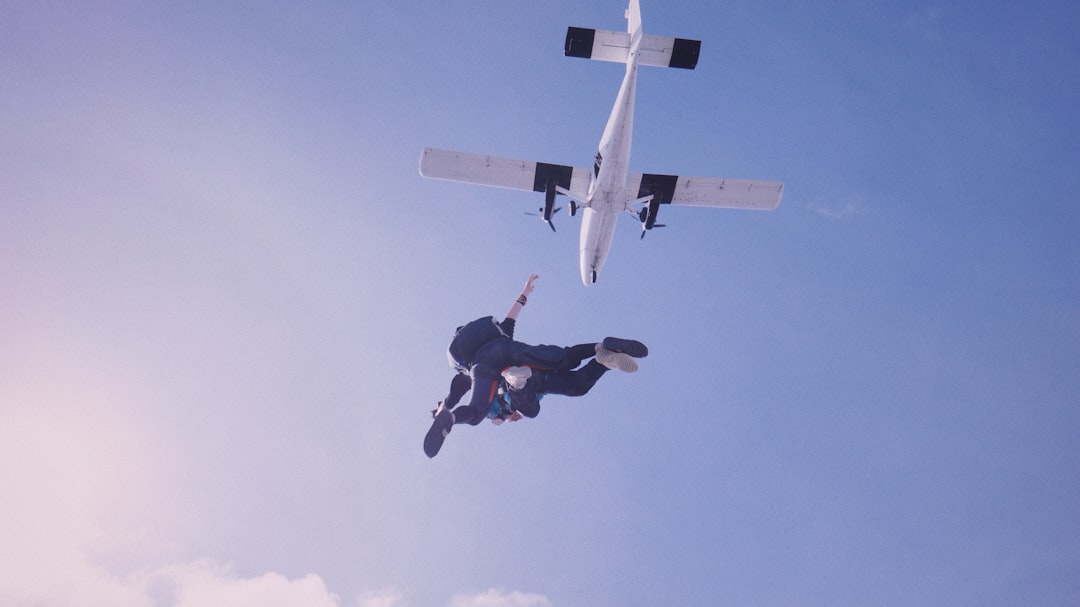Summary: At just 17 years old, Mehar Singh has set a new Guinness World Record for the fastest 100-meter ascent by a quadcopter, reaching the height in an astonishing 0.91 seconds. His journey, marked by passion, perseverance, and innovation, not only highlights his technical skills but also opens exciting possibilities for the future of drone technology.
A Remarkable Achievement by a Young Drone Enthusiast
Seventeen-year-old Mehar Singh has captured global attention by breaking the Guinness World Record for the fastest 100-meter ascent by a quadcopter. His custom-built drone achieved this incredible feat in just 0.91 seconds, showcasing not only his engineering talent but also pushing the boundaries of what drones can accomplish today.
The Journey: From Passion to Record-Breaking Flight
Mehar’s fascination with drones began back in 8th grade and has only grown stronger over time. Driven by a desire to push technological limits, he dedicated months to designing and building a drone capable of unmatched vertical acceleration.
“I’ve always been fascinated by the idea of pushing the limits of what drones can do,” Mehar shared. “But breaking a world record wasn’t just about the end result; it was about the process. I wanted to prove that current technology could achieve something extraordinary, but the path to get there was filled with challenges.”
Designing the Ultimate Speed Machine
The project involved designing, testing, and refining multiple prototypes. Mehar explained, “There were moments when I felt like I was chasing an impossible dream. I went through countless designs, and many of them failed during testing. Some drones crashed so badly that I had to start from scratch. Each crash was a setback, but it also sparked new ideas and innovations.”
Undeterred, he focused on creating a drone that was both fast and aerodynamically efficient. “I spent countless hours on CAD software, meticulously designing and tweaking each component. The goal was to make the drone as streamlined as possible, which led me to shape it like a rocket. This design wasn’t just about aesthetics; it was about reducing drag and maximizing speed,” Mehar said.
Lessons Learned Through Challenges
Mehar’s dedication paid off spectacularly. “Every failure taught me something valuable,” he reflected. “It forced me to think creatively and consider every detail, from the materials used to the weight distribution of the drone. The process was grueling, but incredibly rewarding to see my ideas take flight—literally.”
Implications for the Future of Drone Technology
This achievement is more than a personal milestone; it holds exciting potential for the future. “The possibilities are endless,” Mehar mused. “High-speed vertical acceleration could revolutionize everything from emergency response to space exploration. This isn’t just about setting a record; it’s about opening doors to new innovations and applications.”
Inspiring the Next Generation of Innovators
Mehar’s groundbreaking work is already inspiring others in the drone community and beyond. “I hope this accomplishment encourages other young innovators to push their own boundaries,” he said. “Technology is advancing rapidly, and there’s so much potential waiting to be unlocked. I’m excited to see where we can go from here.”
Looking Ahead: The Sky Is Just the Beginning
With his record-breaking drone, Mehar Singh has not only made history but also set the stage for future breakthroughs in drone technology. For this young innovator, the journey is just beginning, and the possibilities are limitless.
Disclaimer: Content produced by Mediawire on behalf of Shweta Singh.
